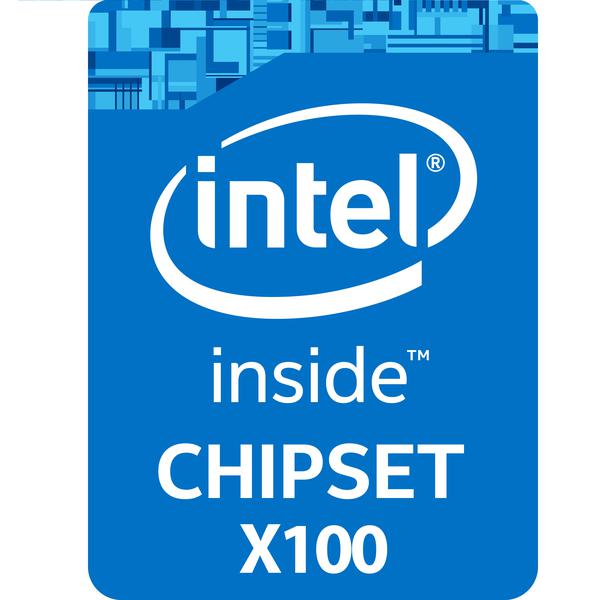Meillä on tänään melko suuri vuoto, jossa on paljon uusia yksityiskohtia Intelin tulevista Skylake-prosessoreista. Aluksi Microsoft poistaa tuen EHCI-isäntäohjaimelta (USB 2.0 -spesifikaatio) ja säilyttää vain xHCI-isäntäohjaimen tekniset tiedot (tunnetaan myös yleisenä USB 3.0 -spesifikaationa). Vaikka USB 3.0 -spesifikaatio on taaksepäin yhteensopiva useimpien USB 2.0- ja 1.0 -toimintojen kanssa, Windows 7:n asentaminen USB:n kautta ei ole yksi niistä (lähde: EXPReview).
Stock die renderöinti Skylake siru. @ Intel Public Domain

I have to admit one thing though, Intel has absolute plausible deniability on this. No one can claim with 100% certaintythat they are in league with Microsoft in trying to push Windows 7 users to finally get a move on. The reason for that is that the discarding of EHCI was inevitable sooner or later, and while they could have taken steps to remedy the problem easily, they have no compulsion to do so.The problem begins with the fact that Windows 7 does not have the code to support master xHCI based installation via USB, with only installation over EHCI allowed.
You might be thinking that one can always take the bootable DVD route and even though research indicates that dependence on optical drives is diminishing by the second, it has its own caveats. You better hope that your motherboard has a PS/2 port because even while installing from a DVD, the USB ports wont work (during the install setup). If you have just one PS/2 port you will have to switch your PS/2 based mouse and keyboard as required through the entire process. All this means that Windows 7 will be very very troublesome for people to install and in most of the cases, people will consider it not worth the effort. Even if you do get it to work, the lack of EHCI means there might be unforeseen compatibility issues in the future. Effectively, from Skylake, and thanks to Intel's spec upgrade, Windows 7 is now officially an obsolete OS.
Joka tapauksessa, se ei ole sitä, meillä on myös uutta tietoa Skylakesta ja kyllä tämä kaikki on vahvistettu:
Intel julkaisee vuonna 2015 Broadwell-prosessorit (nimeltään Broadwell-K) ja käyttää LGA 1150 -kantaa. Prosessorit valmistetaan ensimmäisinä 14 nm:n solmussa (päämarkkinoilla), ja ne vaativat 100-sarjan piirisarjan natiivisti sekä taaksepäin tuen 9-sarjan piirisarjalle. Koska DDR4 on yksi Skylaken tärkeimmistä myyntitekijöistä, käyttäjien kannattaa valita 100-sarjan alusta (elleivät emolevyn AIB:t päätä julkaista modifioituja 9-sarjan moboja).
Intelin yleisten alustojen vertailukaavio:
| Intel Sandy Bridge Platform | Intel Ivy Bridge Platform | Intel Haswell Platform | Intel Broadwell Platform | Intel Skylake Platform | |
| Processor Architecture | Sandy Bridge | Ivy Bridge | Haswell | Broadwell | Skylake |
| Processor Process | 32nm | 22nm | 22nm | 14nm | 14nm |
| Processors Cores (Max) | 4 | 4 | 4 | 4 | 4 |
| Platform Chipset | 6-Series “Cougar Point” | 7-Series “Panther Point” | 8-Series “Lynx Point” | 9-Series “Wild Cat Point” | 100-Series “Sunrise Point” |
| Platform Socket | LGA 1155 | LGA 1155 | LGA 1150 | LGA 1150 | LGA 1151 |
| Memory Support | DDR3 | DDR3 | DDR3 | DDR3 | DDR4 |
| Thunderbolt | Yes | Yes | Yes | Yes | Yes “Alpine Ridge” |
| Platform | Desktop LGA | Desktop LGA | Desktop LGA | Desktop LGA | Desktop LGA |
| Launch | 2011 | 2012 | 2013-2014 | 2015 | 2015 |
Pysy ajan tasalla
SAADA PÄIVITTÄINEN YHTEENVETO UUSIMMAT TEKNOLOGIAN UUTISET
Suoraan postilaatikkoosi
tilaa uutiskirjeemme




